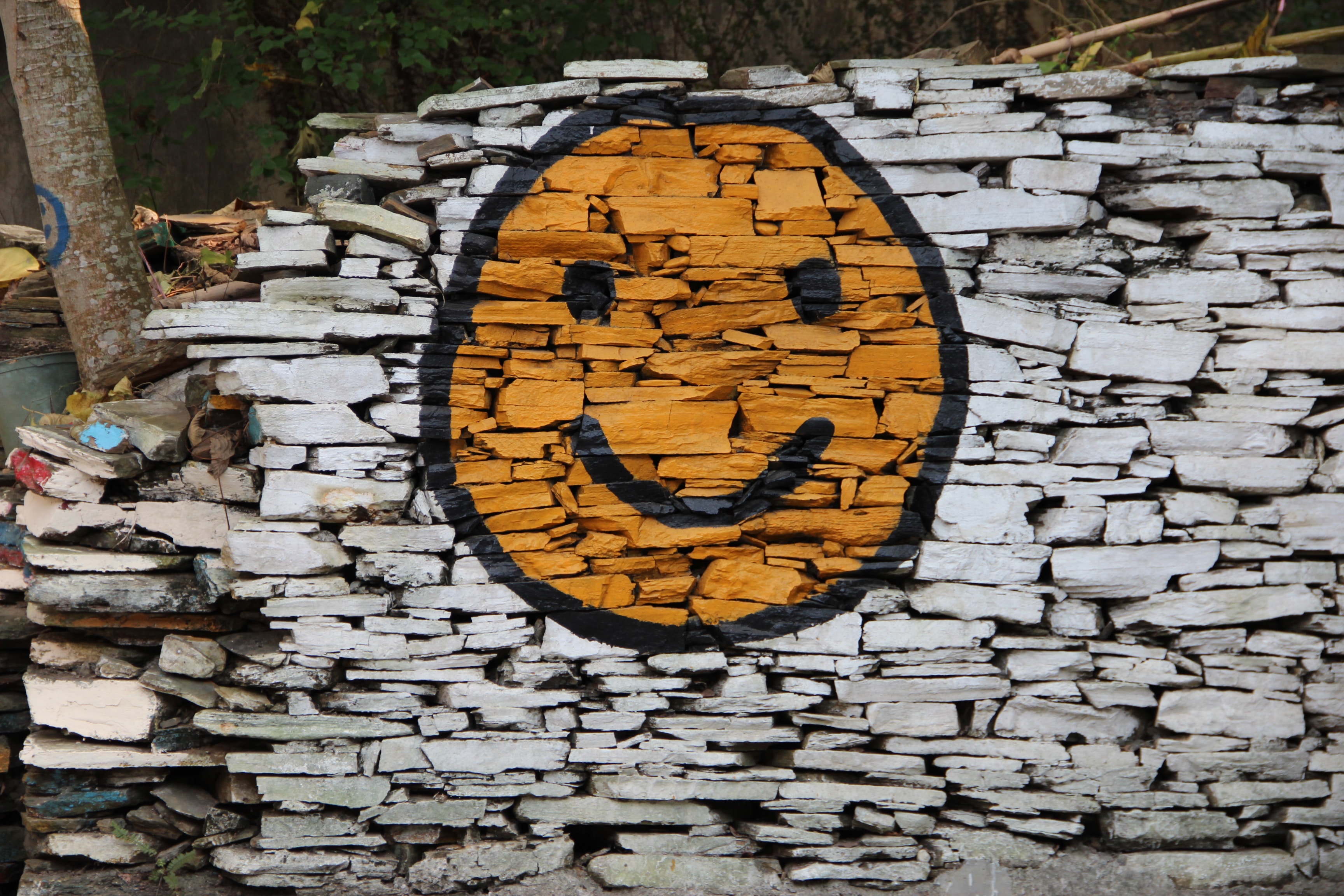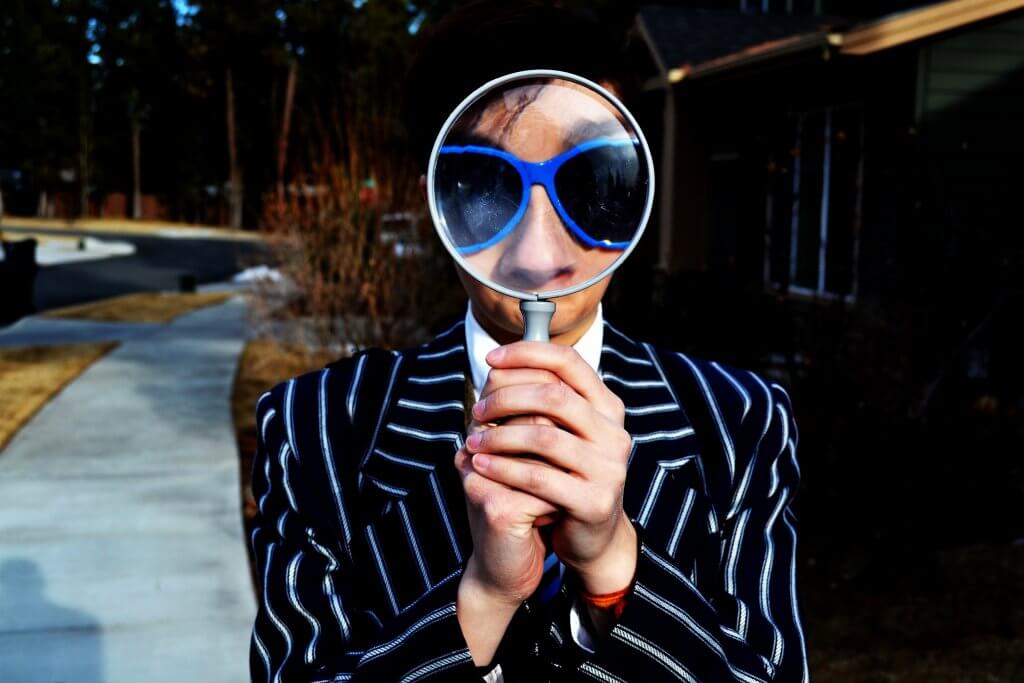

Hey there, See-Saw-ers! So over the past month, I’ve been keeping my ear to the ground and my eyes open for tips and tricks to gain confidence. And then once I’ve sniffed them out (trying to get all five senses in here, in case you hadn’t noticed!), I’ve been giving the most promising confidence building ideas a go. Feeling them out for staying power (and no, that isn’t an innuendo, it’s all in your mind), and doing everything I can to give myself a taste of what life as a confident person could be like. There we go, all five senses and we’re only one paragraph in. Don’t say I don’t give you a well-rounded reading experience!

Anyway, it’s been an interesting month to be doing this because I’ve been training up in a bunch of totally new skills for my new day job as a Subtitler. And when I say ‘new skills’, I mean totally alien. Stuff I didn’t even know existed before! It’s been a great opportunity to try to follow some of my own advice from my last post (check it out here if you haven’t already!), and remember that true confidence doesn’t just depend on outside evidence, but your belief in your ability to do a task.
Without further ado, here are my top five techniques to build and balance your confidence:

My gran used to say this all the time, and it turns out that, as with many things in life, she was right. Okay, so it’s not the sexiest, quickest solution out there, and you’re probably sitting there thinking it’s not all that helpful. But the fact is practise not only ‘makes perfect’, as the saying goes, it makes confidence.
In my last post, I noted Dr Ivan Joseph’s words from his fascinating TED talk – linked below, should you wish to check it out – in which he drills home this message:



Now I know I said confidence shouldn’t rely on external factors like how good you are at a given skill, but what this repetition really does is it teaches you to be good at failing. If you are challenging yourself to learn a skill that you find really hard, the learning process itself will teach you that you can cope with failure. Learning how to pick yourself back up and try again will give you a massive confidence boost, as a huge part of having confidence is believing that no matter what happens, you can deal with it.

Of course, we all go through tons of challenging learning experiences as we grow up, but as adults I think it can be very easy to stay in your comfort zone and lose the sense of your ability to boldly go forth into the unknown and fail. As ever, the message is that it’s the journey, and not the destination, that matters.
I’m aware that this phrase might cause a near-allergic reaction in some of you, as it’s such a buzz phrase at the moment you may well be sick of it. And I have to admit, I was sceptical when I first tried it. Felt like a right plonker sitting in front of the mirror telling myself “I like you”. It resembled some terrible scene from a teen rom com, where the protagonist has to practise asking the girl/boy out so we know how shite they’re going to be at it and feel sorry for them. But done right, there is no denying it can change the way you think about yourself.



I’m really bad for habitual negative self-talk when I’m sleep-deprived and/or stressed, but because I’ve been reading up about how to use self-talk to improve your confidence recently, I caught myself in the middle of a bad bout of “I’m just being stupid”s during a tough day at work, and actually took a moment to correct myself – literally replacing these sort of phrases with “I’ll get there. It’s just going to take a bit of time to sink in”. While that may not seem like massively positive self-talk, it is something I could honestly say I believed in that moment.

And I think that’s the key point lots of people miss out with the whole positive affirmations/self-talk movement. If you don’t believe what you’re saying – or hearing, if you want to try affirmation videos – then of course it’s not going to make a difference. So it’s really important to start small with this. Start with the positive things you already believe about yourself, even if it’s a minor detail like “I like my eyelashes”. You’ll be surprised by how much more confident you start to feel after saying things like this to yourself, even if it was embarrassing to do so in the first place.


And if you can’t face the whole ‘looking yourself in the eye in the mirror’ schtick, try saying these things when doing a physical activity that makes you feel good, like yoga or walking. That way, you can slip in the positive self-talk while you’re concentrating on something else, which may make it feel less embarrassing.

There is also some scientific evidence that suggests listening to positive affirmations as you drift off to sleep/wake up is a crafty way to get your brain to change its well-worn negative pathways. The idea being that you get in the positive thinking while your brain’s defences are down, when it’s hopefully too sleepy to talk back with its characteristic ‘get the last word in’ sass.
This last bit of advice comes with the caveat that if you’re an insomniac who struggles to get to sleep in the first place, like me, it may take you a while to find the right YouTuber for this.

The first few times I tried listening to positive affirmations videos when trying to go to sleep, I found the voices very patronising and the affirmations way too big. My brain instantly went into full sass mode, and by the end of 20 minutes of forcing myself to listen to these videos, I was ready to punch someone rather than go to sleep. But I have since found a couple of different YouTubers whose voices and affirmations don’t tend to grate on me, although this still depends on my mood and sleepiness. This is very much an individual thing, so I won’t be giving out any recommendations. But it really is worth taking your time to explore what is out there, as the power of positive self-talk is real.
If confidence really is “based firmly on what is known”, as Psychology Today would have it, then it stands to reason that in order to build true confidence, you should know what other people think of you. I’m not saying you have to agree with everything they say, but it can be very useful to get outside of your own head and start to build a picture of the ‘you’ that other people see. After all, we all go through life acting, to an extent, and it is very hard to see yourself as other people do. You may be surprised by the feedback people give you. To them, you may appear extremely confident, even when you don’t feel it. Or perhaps your attempts to act confident are going too far, and they think you are a little too full of yourself. If this were the case, wouldn’t you rather know and fix it than go round with people who don’t know you well thinking you are arrogant?

As for how to ask for feedback, it’s probably easiest to do this when someone gives you a compliment. Don’t just bat it away like it’s nothing, or immediately think “they’re only saying that to be nice”. Thank them sincerely, and ask for more details. If it’s a piece of your work that has been complimented, ask them what it was about it that impressed them, and what didn’t work so well. If it’s something more closely linked to you as a person, like your haircut, try subtly asking them what it says about you, e.g. “Thank you. I was going for an edgy artist look, but what do you reckon?” And if you get rejected for something, always, ALWAYS ask for feedback. If you don’t know why you’ve failed, it’s very hard to learn from it and build up your confidence. Basically, knowledge is power, but it is also confidence.

This one is social psychologist Amy Cuddy’s baby. She has several fascinating and inspiring TED talks and articles available on the subject, and I encourage you to check out the links below for more information. But in a nutshell, this is the theory that if you pretend you are confident for long enough, you will not just convince other people that you are, but will also convince yourself and thereby actually become confident for real. So how do you go about this?
Well, as explored in the last blog post, body language plays a huge role in confidence. When you find yourself in situations where you don’t feel confident, open up your stance, uncross anything that is crossed (arms, legs, fingers), stand up tall and gesture expansively. In short, take up as much space as



possible. When you do this, anyone observing you will perceive you to be more dominant, and will treat you accordingly. Crucially, the physical act of doing this will make you feel less stressed, more relaxed and more confident.
That’s how to do it on a macro level, in the moment. But when it comes to huge life challenges, things that you find terrifying, the best way is to begin to imagine yourself as someone who can do this thing. Lots of people find it easier to build up a character in their mind for whom this challenge is a piece of cake. Then pretend that you are an actor who has been asked to play the part.

This will give you some distance from the task at hand, a layer of protection, if you like; the illusion that it’s not your neck on the line, but the character’s. But that’s fine because it’s a piece of cake for them. I’ve read up about this theory quite a lot, and what happens over time is quite simply amazing. If you pretend you are good at something for a long time – and, again, this is where repetition comes in – you will eventually forget to think you are bad at it, sort of tricking yourself into being skilled at it.

Public speaking is the classic example. No one is a born public speaker. It’s the number one fear, the thing no one naturally feels confident about doing. But those who have to do it a lot are generally very good at it, or at least confident in their ability to stand up on stage and speak in public, without freezing on the spot or running away. This is proof that faking confidence works!
And finally, if all else fails…

If there is a particular task that has your confidence levels taking a deep dive every time you so much as glance at it in your brain, don’t give yourself the time to freak out over it. It’s a simple equation. We’ve already said that negative thoughts are the enemy of confidence. And what do negative thoughts need to become centre stage? Your attention. Well, if you’ve already jumped straight into the task in question, e.g. public speaking, all your attention is hopefully going to be focussed on actually doing the task. If the negative thoughts do try to creep in and undermine your confidence, remind yourself that you need to focus on the task at hand. With a bit of effort, that should squeeze those pesky demons out.

I like to think of this as the surprise attack method. I sometimes use it with phone calls to strangers, which is something I still don’t feel confident about. If I need to make such a call, I’ll try to do it almost on impulse, where possible, if the call doesn’t need much in the way of preparation. Or if I’m planning an important call, I’ll try to do my preparation the day before, writing down the points I want to discuss/questions I want to ask them, etc., and then plan it so that I will be focussed on something else until the call happens. This is just one example though. I’m sure you can apply the ‘just get on with it’ spirit to the things in your life that you feel least confident about. And the beauty of this is that there is a very low bar for a confidence boost. If this is a task you have rarely attempted before, out of a lack of confidence or even fear, then all you have to do is get through it and you’ll get bonus points.
Confidence is a strange beast to tame. In fact, I’m pretty sure it’s not about taming it, but more finding your inner primate and letting it loose, if the dominant body language is anything to go by…but there are things you can do to build a balanced base level of confidence, as well as inflating it temporarily, if necessary. As preparation and repetition are key, you must be prepared to be patient. You are not suddenly going to become supremely confident in everything overnight. But there are tricks you can use in the meantime to give yourself a quicker-acting boost of confidence, such as the body language.

Or you can just ignore your confidence levels and face your fears with the attitude that it will be a success if you just get through it alive. Inevitably, you will, and your confidence will be boosted as a result. I hope at least one of these strategies appeals to you in your confidence building journey. I have found them all helpful at different times and in different situations, according to my mood, so I suggest you give them all several tries before you decide what works for you.
So folks, that’s my See-Saw blogging done for the year. Happy beginning of Advent, and I hope you all have a very Merry Christmas! Feels a bit weird saying that now, but I think I’m going to have to take a break with the blog over the festive period and into the New Year, so I might as well go out on a positive note!

My parting gift to you all is a reminder to be kind and patient with yourselves. This is especially important during this time of year, when it is very easy to get swept up in the stressful side of festivities, what with buying and wrapping presents, organising events, arranging travel to see family, getting those last few bits of work done before you go off for Christmas…so when you are in the middle of that blizzard of stuff, just stop for a second, take a step back and remind yourself that this is an opportunity. An opportunity to give those you love your time and attention, and to receive them yourself. If you do nothing else this month, give yourself the space to do that.
Thank you for reading See-Saw. If you want to know when I’ll next be posting, keep an eye on my Facebook page, or Twitter or Instagram, if the ol’ book of face is not your thing. See you in 2020! Xx